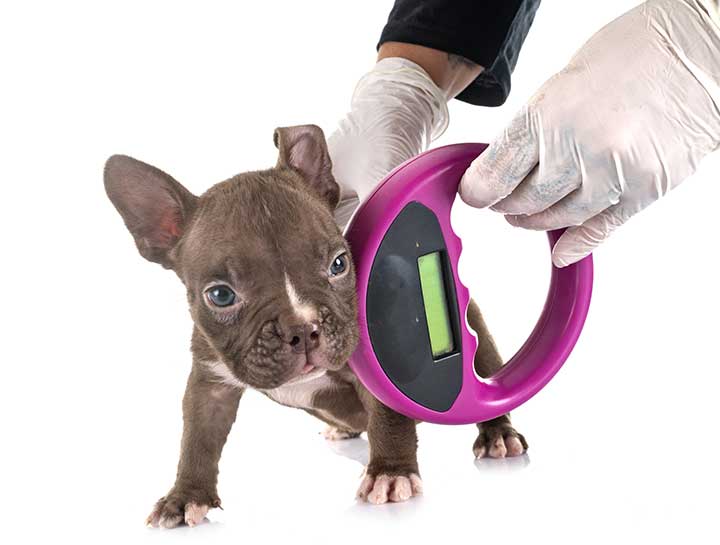Microchipping pets has become one of the most reliable methods of ensuring their safety and identification. Whether you are a new pet owner or someone looking to upgrade your pet’s protection, understanding what animal microchipping is and how it works can help you make the best decision for your furry companion. This guide will cover the basics, benefits, and important considerations when it comes to animal microchips.
What is an Animal Microchip?
An animal microchip is a tiny device, about the size of a grain of rice, that is implanted under a pet’s skin, usually between the shoulder blades. The chip carries a unique identification number that can be scanned by a veterinarian, animal shelter, or rescue organization. Unlike GPS trackers, microchips do not show a pet’s location in real time. Instead, they serve as a permanent form of ID that links your pet to your contact information in a national or international registry.
The Benefits of Microchipping
One of the biggest advantages of microchipping is the peace of mind it provides. Collars and tags can fall off or be removed, but a microchip is permanent. If your pet becomes lost or stolen, a simple scan can reunite you much faster than waiting for someone to notice a tag. Studies have shown that microchipped pets are significantly more likely to be returned to their owners compared to those without chips.
Microchips also provide an added layer of protection during emergencies, such as natural disasters, where pets may be separated from their families. Many shelters scan for microchips as a standard procedure, making it easier to identify pets quickly.
The Microchipping Process
The procedure to implant a microchip is quick and relatively painless. A veterinarian uses a syringe to insert the chip just beneath the skin, similar to administering a vaccine. No surgery or anesthesia is required. Most pets experience only minor discomfort, if any at all.
Once implanted, it is important for pet owners to register the chip with a database. This registration includes your name, address, and phone number, which can be updated if you move or change numbers. Without registration, the microchip cannot serve its purpose.
Common Misconceptions
Many pet owners worry about whether microchips are safe. Extensive research has shown that microchips are biocompatible and pose no health risks to pets. Another misconception is that microchips act as tracking devices. In reality, they do not provide GPS tracking, but rather permanent identification.
Tips for Pet Owners
To make the most of your pet’s microchip, remember to:
-
Register the chip with a reputable database.
-
Keep your contact information up to date.
-
Ask your vet to scan the chip during annual checkups to ensure it is working properly.
-
Use a collar and ID tag in addition to the microchip for extra protection.
Animal microchipping is a safe, effective, and permanent way to protect pets. By providing a reliable form of identification, microchips greatly increase the chances of reuniting with a lost animal. For any responsible pet owner, microchipping is a small step that can make a huge difference in safeguarding a beloved companion.
A Complete Guide to Pet Microchipping: Protecting Your Pets with Dog and Cat Microchips
